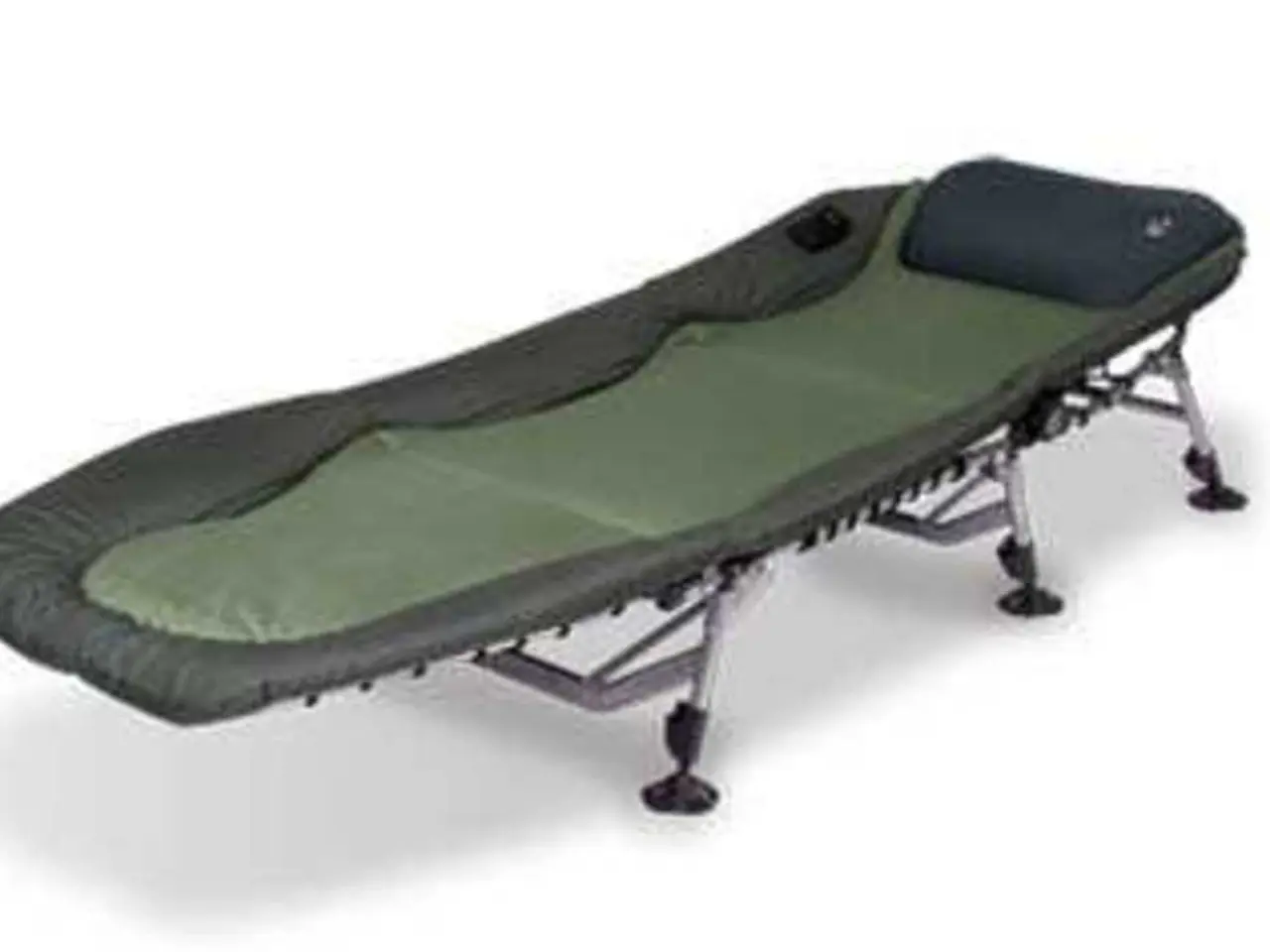Lower Back Pinched Nerve: Identifying Symptoms and Further Information
A pinched nerve in the lower back can cause a range of uncomfortable symptoms, including pain, numbness, burning, or tingling in the lower back, legs, or feet. Sciatica, a type of nerve pain that happens when a nerve root is compressed in the lower back, is a common symptom of a pinched nerve in the lower back.
To help alleviate these symptoms, several exercises can be beneficial. Here are five effective exercises that target both nerve mobility and muscle flexibility around the lower back and hips:
1. **Supine Sciatic Nerve Glide (Nerve Flossing)** Lie on your back with legs straight. Bend one knee and hold behind it with both hands. Slowly straighten the knee while flexing the ankle up and down a few times. Lower the leg back to the bent position. Repeat 5 to 15 times. This movement gently glides the sciatic nerve, helping reduce nerve tension and irritation.
2. **Cat-Camel Exercise** Start on all fours with shoulders over wrists and hips over knees. Inhale: round your spine upward, tuck pelvis, lower your head. Hold 5 seconds. Exhale: arch back downward, lift head and tailbone. Hold 5 seconds. Repeat 5 times. This improves spinal flexibility and reduces lower back tension, which can relieve pressure on pinched nerves.
3. **Prayer Stretch / Child’s Pose** Start on hands and knees. Extend hips backward toward heels, lowering face toward the floor. Hold for 10 seconds and return to starting position. Repeat 5 times. This stretch gently loosens the lower back and can decrease nerve compression.
4. **Double Knees-to-Chest Stretch** Lie on your back and pull both knees towards your chest. Hold the stretch gently without forcing range of motion. Repeat as comfortable. This reduces tension in the lower back and relieves nerve pressure.
5. **Piriformis Stretch** Lie on your back, bend one knee and cross it over the opposite leg. Gently pull the knee across the body to stretch the hip and piriformis muscle. Hold for 60-90 seconds. Switch sides. Since the piriformis muscle can compress the sciatic nerve, stretching it can relieve nerve symptoms.
It's essential to perform these exercises slowly, avoiding any movement that causes pain. Aim for smooth and controlled motions to increase nerve and muscle flexibility. Combining these stretches with guidance from a healthcare professional such as a chiropractor or physical therapist may improve outcomes and safety.
If symptoms persist or worsen, it's crucial to seek medical help. Treatment options for a pinched nerve in the lower back depend on the nature of the pain and may include rest, physical therapy, medication, injections, or surgery. Maintaining a neutral posture while sitting or standing, avoiding smoking, and lifting heavy objects by bending the knees rather than the back can also help prevent a pinched nerve.
- Besides these exercises, a predictive approach to managing chronic diseases like scoliosis, diabetes, COPD, multiple sclerosis, and even mental health conditions such as bipolar and depression could involve maintaining a healthy lifestyle, including nutrition, fitness, and exercise.
- Medical science continues to progress, leading to the development of innovative treatments for diverse health and wellness issues, such as the use of CBD for managing chronic conditions like diabetes and multiple sclerosis.
- In addition to exercise, concrete steps in diet and nutrition can contribute significantly to the overall health and wellness of individuals, alleviating symptoms of chronic diseases like diabetes and type 2 diabetes.
- Moreover, adopting a positive mental attitude and seeking help when needed can play a pivotal role in managing mental health conditions like bipolar and depression, ensuring a holistic approach to health and wellness.
- Regular exercise, specifically fitness and exercise routines centered on core and back strength, can help mitigate ankylosing spondylitis symptoms and improve overall well-being.
- AQ (air quality) is another crucial factor in maintaining good health, especially for those with chronic respiratory conditions like COPD, as poor air quality can exacerbate symptoms.
- While exercise offers numerous benefits in managing chronic diseases and mental health, it's essential to remember that everyone's body responds differently, so consult a medical professional before making significant changes to a fitness regimen.
- Medical professionals, such as chiropractors, physical therapists, or neurologists, can provide expert guidance when dealing with recurring or severe health issues like a pinched nerve in the lower back or sciatica, ensuring proper treatment and aides in recovery.
- Upon discovering a new medical condition, it's crucial to gather information about its causes, treatments, and potential complications, allowing you to take an informed and proactive approach to your health and wellness.




